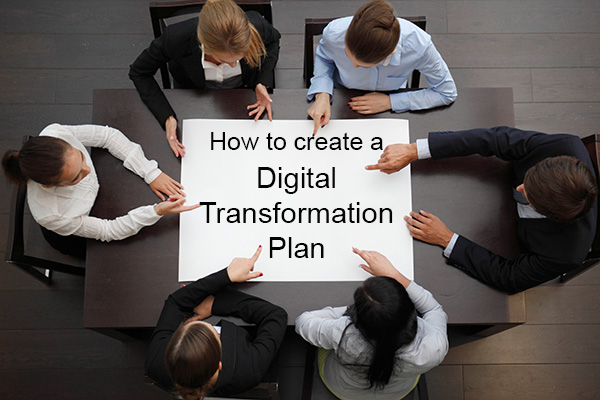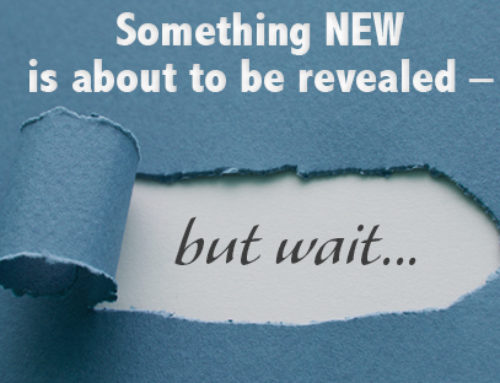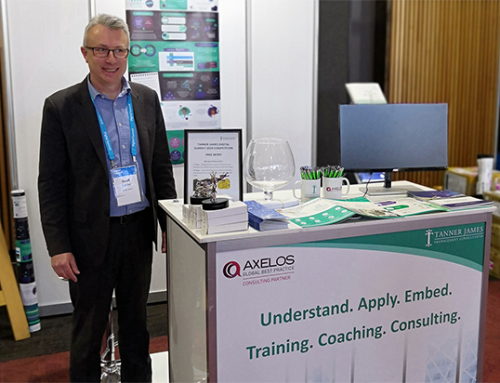In my last blog “This is why Digital Transformation Coordinators can’t sleep…” I pointed out that if you are a Digital Transformation Coordinator (DTC) you have a big role to perform. One of the first duties of a DTC is to develop a Digital Transformation Plan. I’d like to offer a few tips on how you might go about creating that plan.
What is a Digital Transformation Plan?
The DTO has set out the requirements for a Digital Transformation Plan here.
In a nutshell the plan should explain the current service offerings and the user needs to be met, the vision for the agency, and how it will get there. I would like to take each of these areas, have a look at what the DTO requirement is, and add a few suggestions of my own.
Before we begin {spoiler alert!}…
If you are about to sit down at your keyboard and create your Digital Transformation Plan, you are about to fail. Because, to quote Eisenhower, “…plans are useless, but planning is indispensable”. This means talking not typing. And talking with the right people – your stakeholders. The problem of course is that you have lots of stakeholders. Who hold lots of opinions. How to reconcile all those different opinions and to get clear decisions and a clear direction?
My tip is to establish a role-based governance structure to manage Digital Transformation for your agency. In fact, I’ll go a step further – my suggestion is that you establish a Digital Transformation Programme for your agency. But not a big lumbering thing, one that is simply constructed and delivered using Agile development approaches and managed using PRINCE2 Agile.
Where you are now
The DTO says that this element of the plan should address:
- service users and their requirements; how the agency engages with its users around service delivery, and detail of current services;
- strategic context and direction for the agency and its digital transformation, including current initiatives to digitise services.
I agree. I think a high-level current state blueprint of processes, people, organisational structures, technology and information should cover the first item nicely. I think a programme brief would cover the second item, and should include outline benefits, estimated costs, timescales, effort and risks for inflight initiatives.
The future
The DTO simply says that this is the vision for the digitally transformed agency. I’m ok with that, but would like to modify it slightly, and add to it.
In my opinion the vision should be the vision for the world lived in by the users of the services, not limited to the agency itself. Services should be considered and designed “outside-in”. What will be the real lived-experience from a citizen perspective?
This means that when the vision is created, it needs to involve real people from the real world. Agile is all about user-centred design, the trick is to ensure that from the very start the correct users are effectively represented, and this means properly engaging them in development of the vision.
What I would add to consideration of the future is that you don’t just need a vision, you need a future state blueprint. Or rather blueprints. Because the vision will be at way too high a level to be useful as a basis to plan or deliver anything.
So my tip is to create a high-level blueprint of processes, people, organisational structures, technology and information for the final future state, and create some interim blueprints for each chunk of new business/service capability you plan to deliver.
How you will get there
The DTO says that this element of the plan should address:
- identification of specific aspects of services that can be transformed quickly and enable significant improvements to the user experience
- identification, prioritisation and planning the transformation of high volume transactional services to comply with the Digital Service Standard
- an action plan that addresses the changes required at the organisational, cultural and capability levels.
I agree with all these points, however I think the last one requires careful consideration. I believe this action plan needs to take the form of a properly defined transformational change programme. As well as the vision and blueprints already mentioned I think it should therefore include such things as:
- a clear role-based governance structure with a Senior Responsible Owner (SRO), DCT as programme manager, and business change managers from within and outside the agency;
- a stakeholder engagement strategy and plan;
- a benefits management strategy, benefits map, and benefits profiles – to ensure clarity about who is accountable for realisation of benefits from the digitised services;
- underpinning plans – a programme plan and delivery plans that identify the products, timescales, costs, resource requirements and risks involved in transformation; these plans will most likely reflect agile development (PRINCE2 Agile is recommended for this reason);
- appropriate governance strategies and control arrangements – put together in such a way that there is a seamless integration of the need for agile disciplines and behaviours with the need to stay in control and empower people without losing executive accountability or engagement.
MSP® (Managing Successful Programmes) is specifically designed for business transformation and programmes involving societal change, because it is designed to accommodate high levels of complexity, ambiguity and risk. If you use MSP, always remember it is about talking not typing – “plans are useless, but planning is indispensable”.
Want to know more?
If you are an SES officer in the role of Digital Transformation Coordinator, and you would like to know more about how to effectively establish a Digital Transformation Programme, please give us a call on 1300-774 623 or drop me a line at john.howarth@tannerjames.com.au.






Leave A Comment